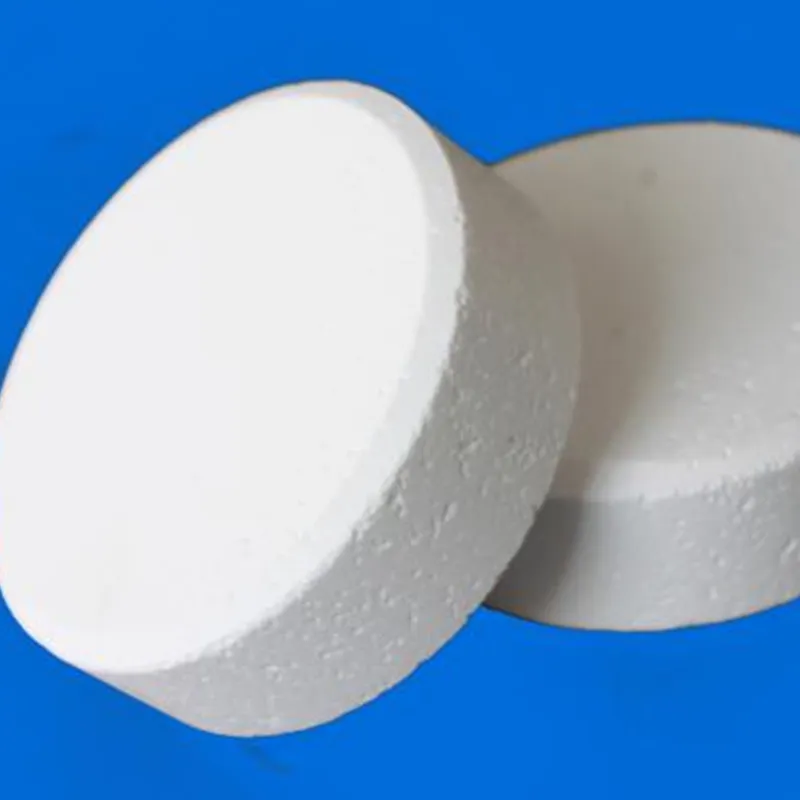
sbr chemical
Understanding SBR Chemical Properties, Applications, and Benefits
Styrene-Butadiene Rubber, commonly referred to as SBR, is a versatile synthetic rubber that has become a cornerstone material in various industries. Its unique properties and cost-effectiveness make it an ideal choice for a wide range of applications. This article will explore the characteristics of SBR, its manufacturing process, applications, advantages, and future prospects.
What is SBR?
SBR is a copolymer made from two primary monomers styrene and butadiene. Styrene contributes to the rubber's robustness and resistance to heat, while butadiene enhances its resilience and low-temperature flexibility. The ideal balance of these two components permits SBR to offer superior performance in different environments.
Manufacturing Process of SBR
The production of SBR typically involves the emulsion polymerization method, where styrene and butadiene are polymerized in the presence of an emulsifying agent, typically a surfactant. This process occurs in an aqueous medium and is carefully controlled to achieve the desired molecular weight and copolymer ratio. There are different grades of SBR, including general-purpose SBR and specialty grades used for specific applications.
Properties of SBR
SBR possesses a unique blend of properties that make it suitable for various applications
1. Elasticity and Flexibility SBR exhibits excellent elasticity, which allows it to stretch and return to its original shape, making it ideal for tire production.
2. Abrasion Resistance Its ability to withstand wear and tear makes SBR suitable for products subject to friction.
3. Low Temperature Performance SBR remains flexible even at lower temperatures, making it a preferred choice in colder climates.
4. Chemical Resistance While SBR is not resistant to all chemicals, it does perform well against certain oils and solvents.
5. Cost-Effectiveness Being cheaper to produce than many natural rubbers, SBR provides a budget-friendly option for manufacturers.
Applications of SBR
SBR’s diverse properties pave the way for a multitude of applications
sbr chemical

1. Tires The most significant application of SBR is in the manufacturing of tires. Its properties enhance traction, durability, and performance across a range of conditions.
2. Footwear SBR is extensively used in the production of shoe soles due to its comfort, durability, and slip resistance.
3. Automotive Parts Various automotive components, such as seals, gaskets, and hoses, benefit from SBR's weather-resistant attributes.
4. Adhesives and Sealants SBR is used in various adhesive formulations, providing strong bonding properties and flexibility.
5. Conveyor Belts and Hoses The robustness and resistance to wear make SBR suitable for industrial uses in conveyor belts and suction hoses.
6. Artificial Grass SBR granules are often used as an infill material for synthetic turf, providing cushioning and shock absorption.
Advantages of Using SBR
The use of SBR in industrial applications brings several benefits, including
- Versatility SBR can be tailored to meet specific needs, making it adaptable across different sectors.
- Performance Its excellent mechanical properties enhance the overall performance of products, making them reliable and efficient.
- Sustainability While SBR is a synthetic product, advancements in production are leading towards more sustainable practices, including recycling and eco-friendly alternatives.
Future Prospects of SBR
As technology advances, the future of SBR looks promising. The increased demand for high-performance materials, particularly in the automotive and construction sectors, may lead to innovations in SBR formulations. Additionally, with growing environmental awareness, researchers are exploring more sustainable methods to produce SBR and alternatives that can further reduce its ecological footprint.
In conclusion, SBR chemical plays a pivotal role in modern manufacturing due to its exceptional properties and wide range of applications. As industries evolve and new challenges arise, the versatility and adaptability of SBR will undoubtedly keep it at the forefront of material science for years to come. Its balance of performance, cost-effectiveness, and innovation continues to drive its demand globally.
-
Buy High-Quality Trichloroisocyanuric Acid for Sale | TCCA 90% SupplierNewsAug.30,2025
-
Pure Sodium Dichloroisocyanurate Dihydrate | Powerful DisinfectantNewsAug.29,2025
-
Industrial Chemicals: Quality & Purity for Every IndustryNewsAug.28,2025
-
Nitrile Rubber Honoring Strict Production StandardsNewsAug.22,2025
-
Aspartame Ingredients Honoring Food Safety ValuesNewsAug.22,2025
-
Fertilizer for Balanced Plant NutritionNewsAug.22,2025
-
Cyanide Gold Processing with High Purity AdditivesNewsAug.22,2025
Hebei Tenger Chemical Technology Co., Ltd. focuses on the chemical industry and is committed to the export service of chemical raw materials.
-

view more DiethanolisopropanolamineIn the ever-growing field of chemical solutions, diethanolisopropanolamine (DEIPA) stands out as a versatile and important compound. Due to its unique chemical structure and properties, DEIPA is of interest to various industries including construction, personal care, and agriculture. -

view more TriisopropanolamineTriisopropanolamine (TIPA) alkanol amine substance, is a kind of alcohol amine compound with amino and alcohol hydroxyl, and because of its molecules contains both amino and hydroxyl. -

view more Tetramethyl Thiuram DisulfideTetramethyl thiuram disulfide, also known as TMTD, is a white to light-yellow powder with a distinct sulfur-like odor. It is soluble in organic solvents such as benzene, acetone, and ethyl acetate, making it highly versatile for use in different formulations. TMTD is known for its excellent vulcanization acceleration properties, which makes it a key ingredient in the production of rubber products. Additionally, it acts as an effective fungicide and bactericide, making it valuable in agricultural applications. Its high purity and stability ensure consistent performance, making it a preferred choice for manufacturers across various industries.





